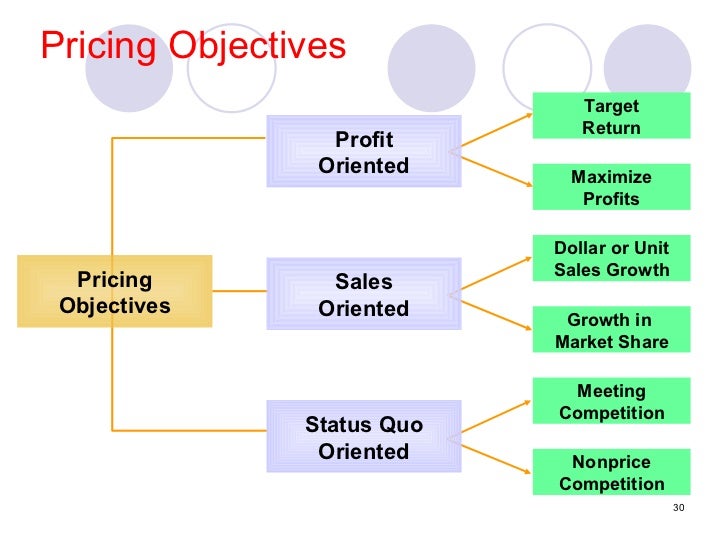On Tuesday, we summed up what we learned about the marketing mix. This included product, place, promotion, price, competition, consumer, performance, and the environment. The class was split into six groups and each was given one or two of the pieces of the marketing mix to focus on. We then had to get up and tell the class all about our section. Below is a picture of the worksheet we used in order to focus our thoughts.
My group was given the product section. Products can be summed up as follows:
- There are four different types-convenience (candy bar), shopping (shampoo), specialty (car), and unsought (septic services).
- They can be positioned in many different ways in order to change the way they are perceived by customers -emotion, competition, product user, attribute, price/quality, use, and product class.
- There are four stages in the product life cycle-introduction, growth, maturity, and decline.
- The way in which consumers adopt products also works in phases-innovators (push boundaries), early adopters (like change), early majority (followers but appreciate product), late majority (influenced by others, feel like they have to), and laggards (hate change, don't want to adopt product but have no choice).
- The product mix includes all of the products a company offers including different product lines.
- There are many different branding techniques including co-branding (two products together), family branding (Jack Daniels), and individual branding (Proctor and Gamble).
- Finally, there are three different parts to a product.
- Core-this is the benefit the product provides (a water bottle quenches thirst)
- Tangible-the physical product (the water bottle itself, the cap, the straw)
- Augmented-any additional/extra things that come with it (warranty, satisfaction guarantee, etc)
Overall, this exercise really helped to reinforce my understanding of all of the different aspects of a product. In general, I was able to listen to what the other groups had to say and again reinforce all of the most important things that we have learned throughout the semester.
Also on Tuesday we did the 4 P's assessment. The idea behind this assessment was to test our knowledge about the 4 P's that make up the marketing mix-product, place, promotion, and price. Although I don't think we got enough time to do the assessment, I liked the idea behind it. Doing it helped me to put what I had learned to the test, and apply it to a seemingly real situation. In doing this, I was able to see just how much I actually knew in order to make suggestions to help the company in the case.
 Thursday was by far my favorite day of the semester so far. This was the day we got to present our smart project at the engineering expo. This whole semester, I had not been looking forward to the expo. However, once I got there, I thoroughly enjoyed myself. These past couple of weeks I have talked about our elevator pitch. Being able to give that pitch to the judges at the expo felt incredible. It is something that we had all been working hard on to make it right, and I think it turned out really well in the end.
Thursday was by far my favorite day of the semester so far. This was the day we got to present our smart project at the engineering expo. This whole semester, I had not been looking forward to the expo. However, once I got there, I thoroughly enjoyed myself. These past couple of weeks I have talked about our elevator pitch. Being able to give that pitch to the judges at the expo felt incredible. It is something that we had all been working hard on to make it right, and I think it turned out really well in the end.
All of the judges seemed to like our product and the idea behind it. Most of them said how it was a product they could use or would have used when they were in school. Additionally, every other person who came to our booth told us how great of an idea it was. The picture to the above right is what our booth looked like at the expo. We were extremely happy with the way everything turned out. Although we didn't win, being able to talk about a product we had invested so much time into was a great experience for all of us. I'm extremely thankful for this process and being able to work with the engineers throughout this semester. I have made some great new friends because of it, and I can't wait to see what the future holds for all of us!!
-Kristen













